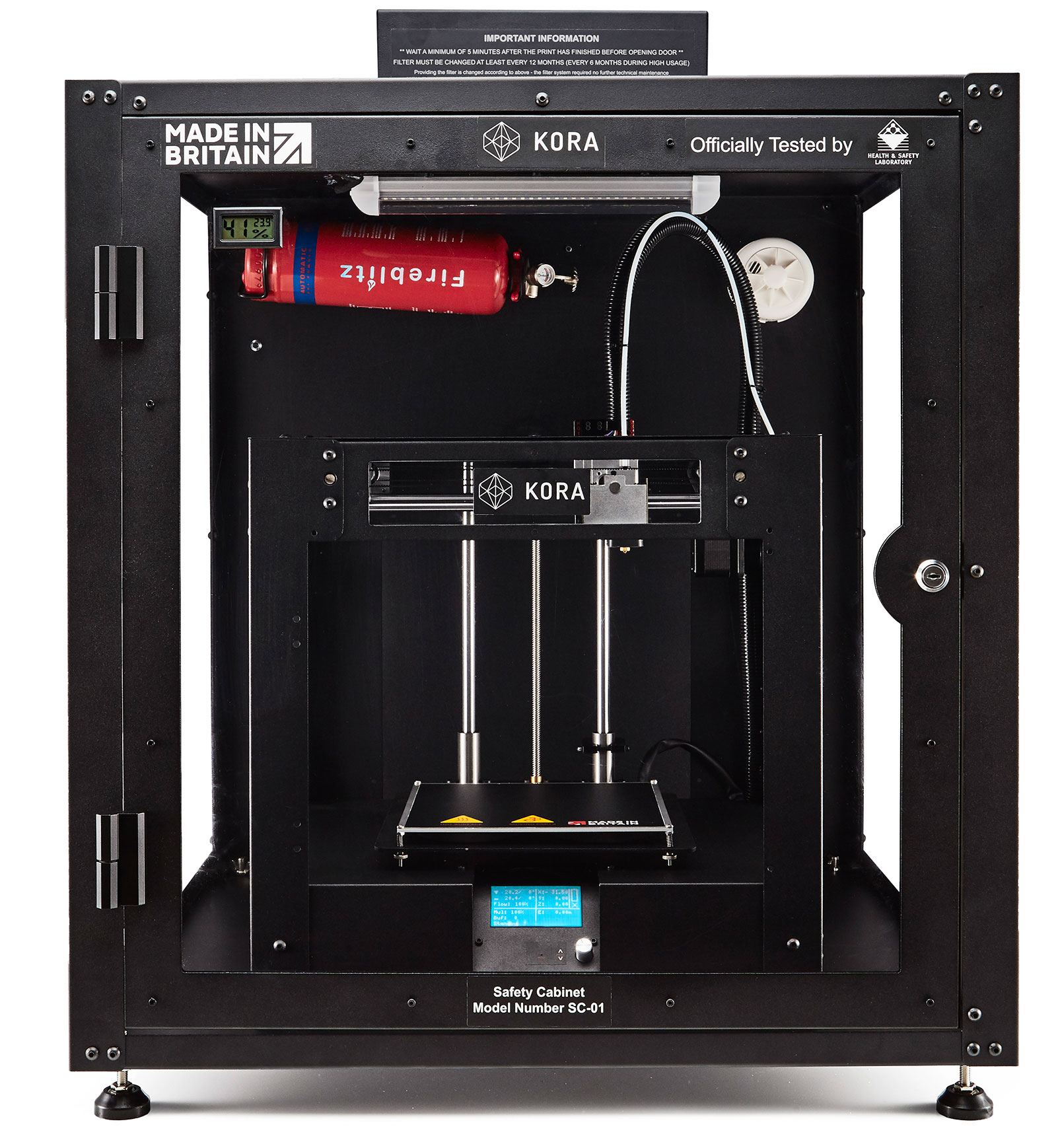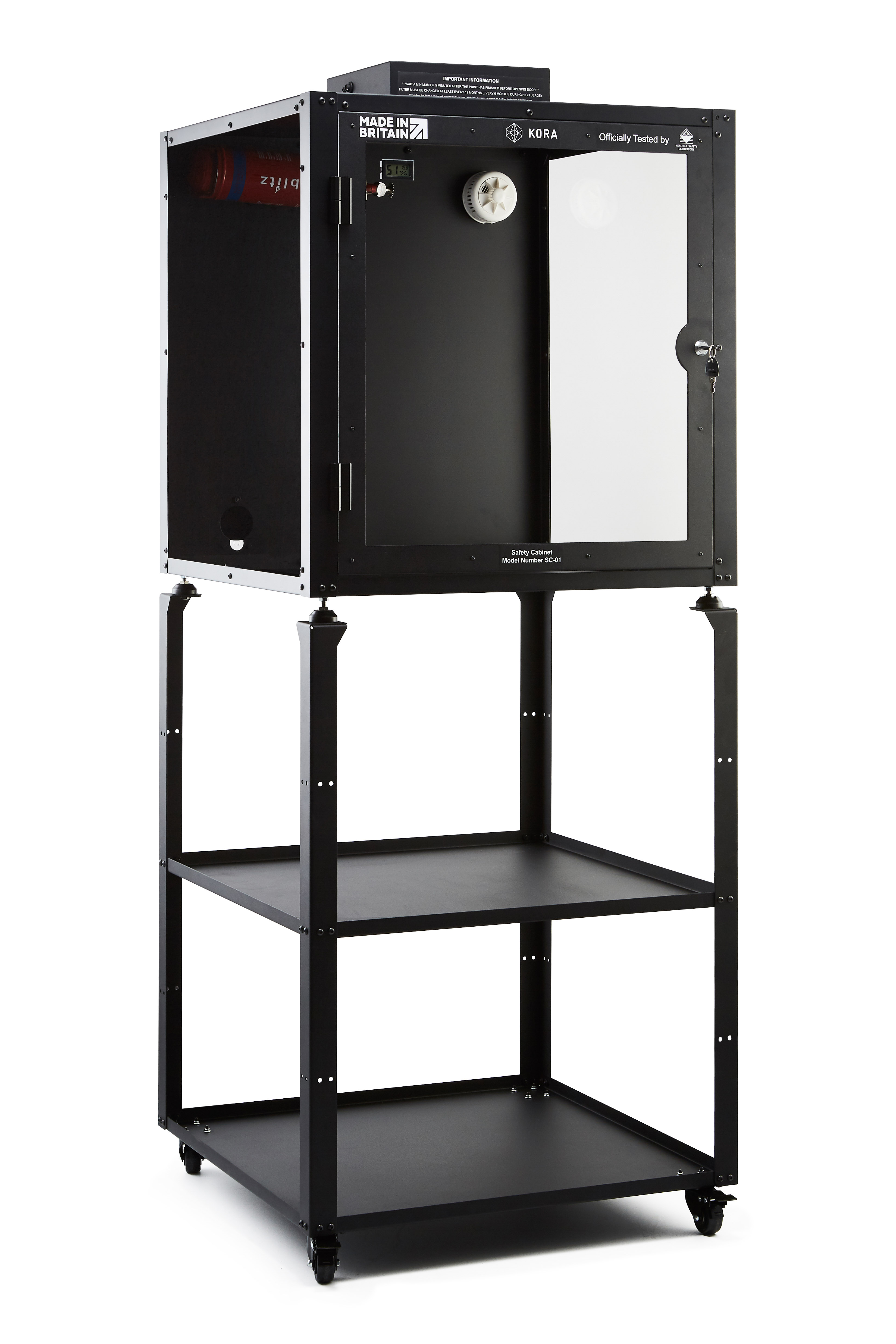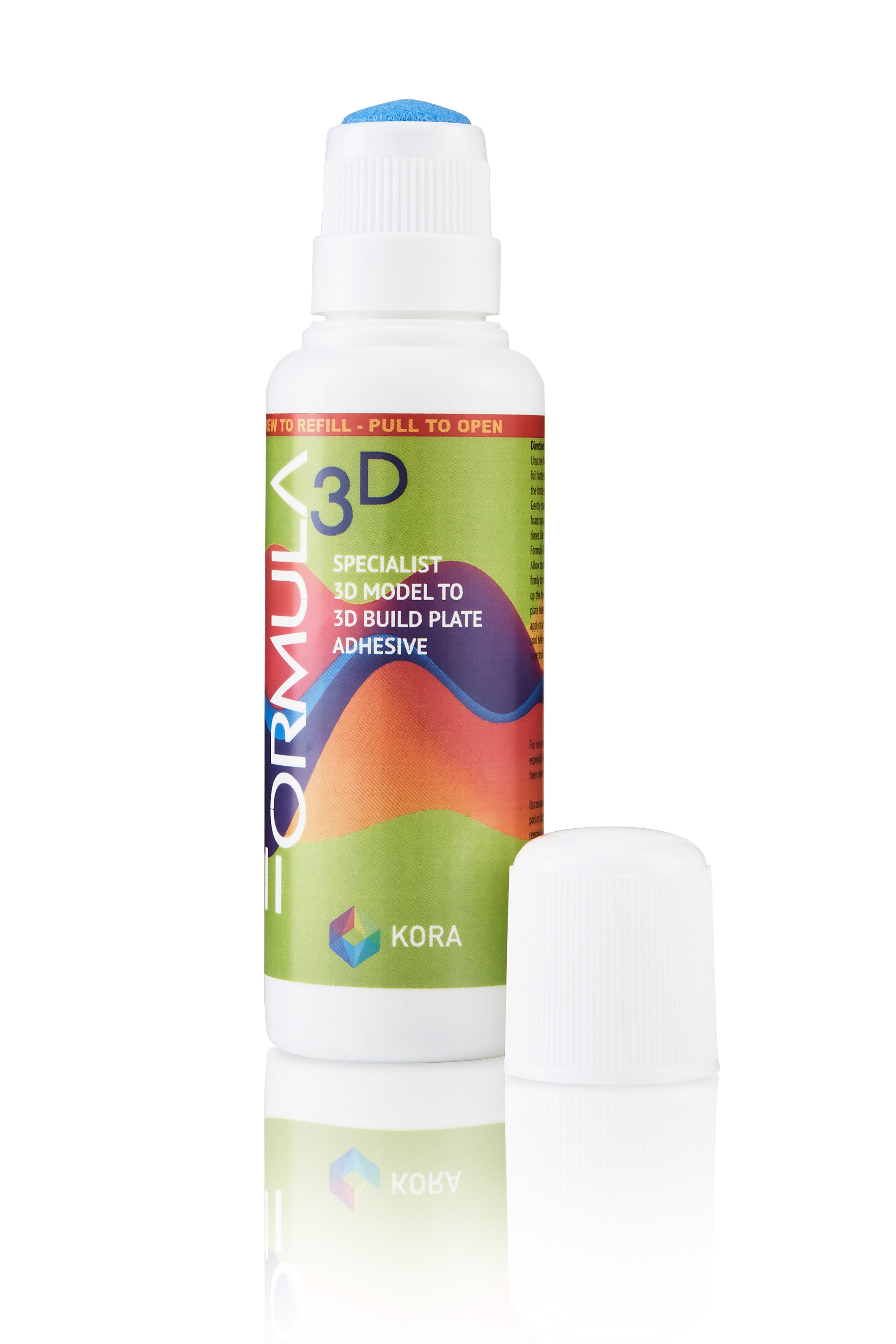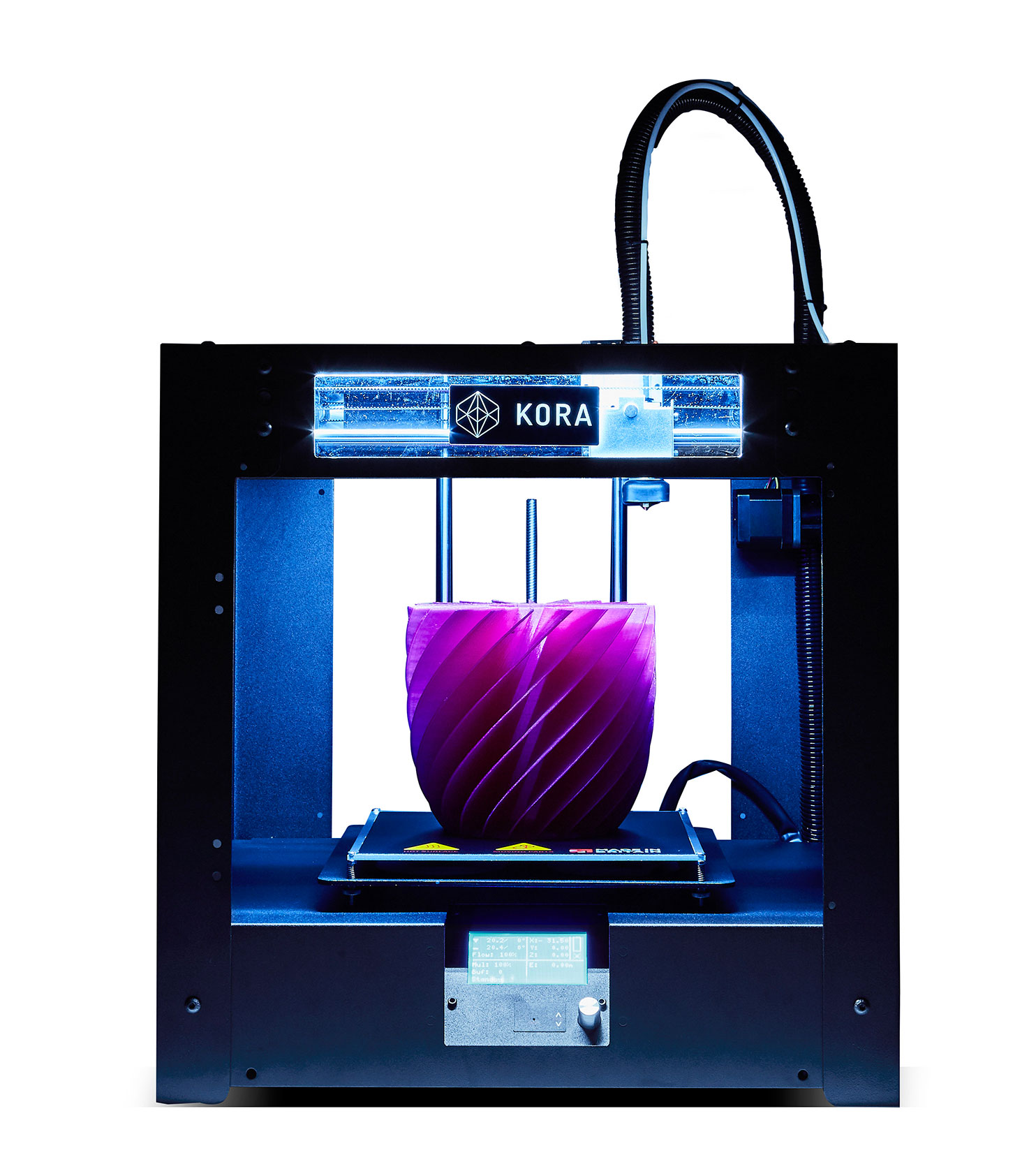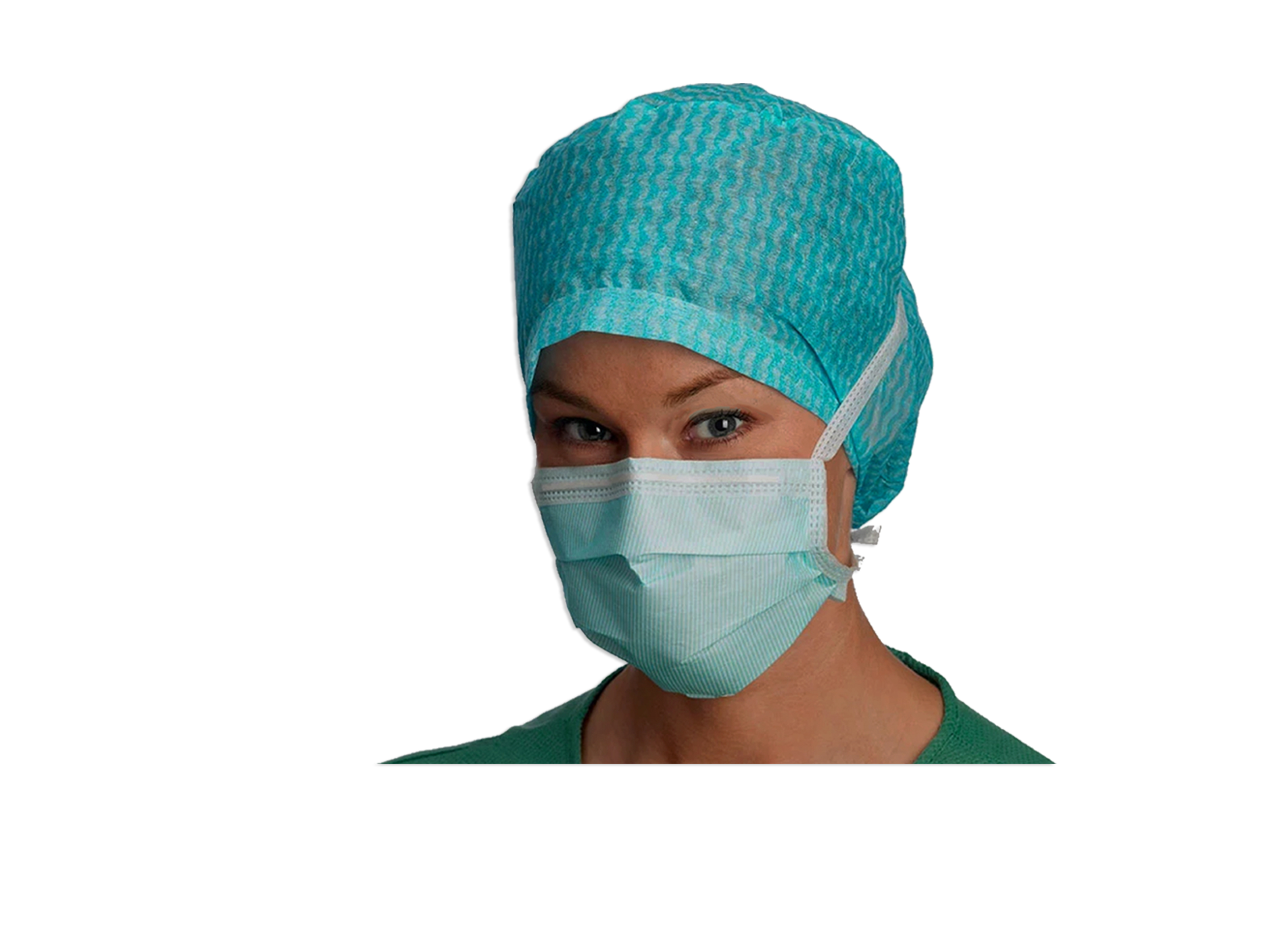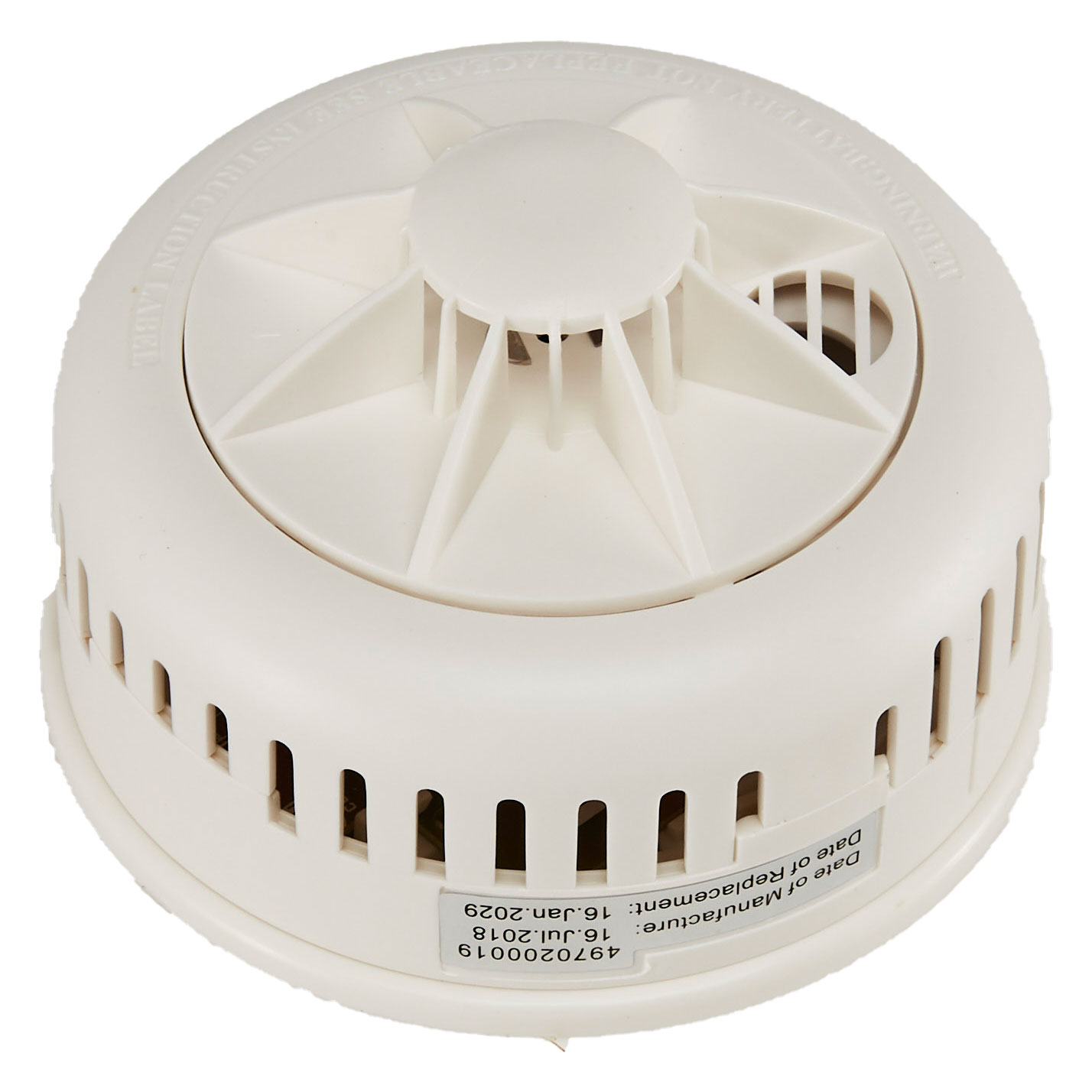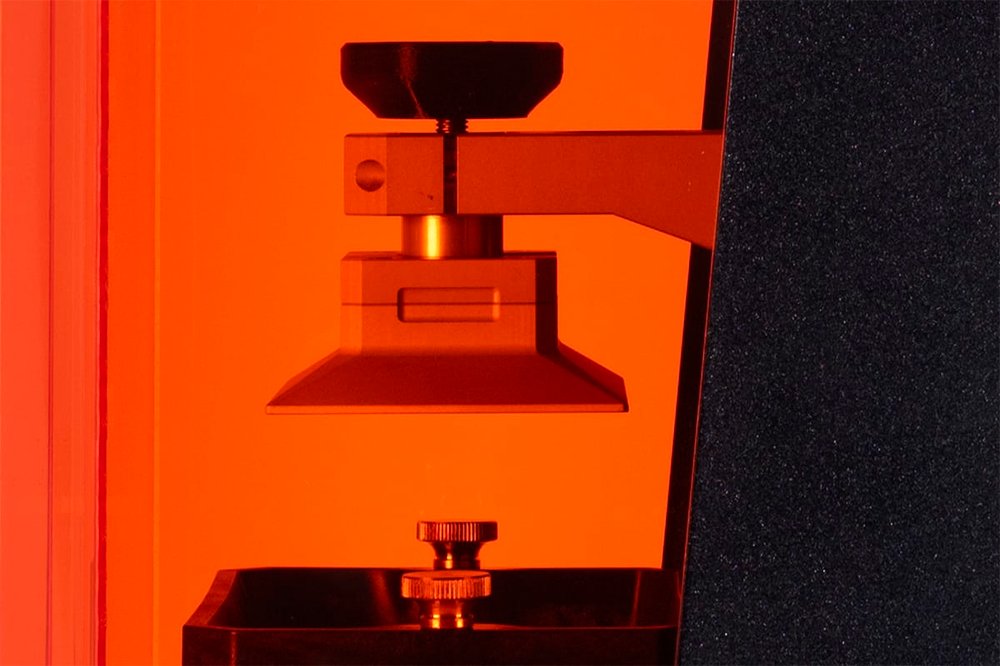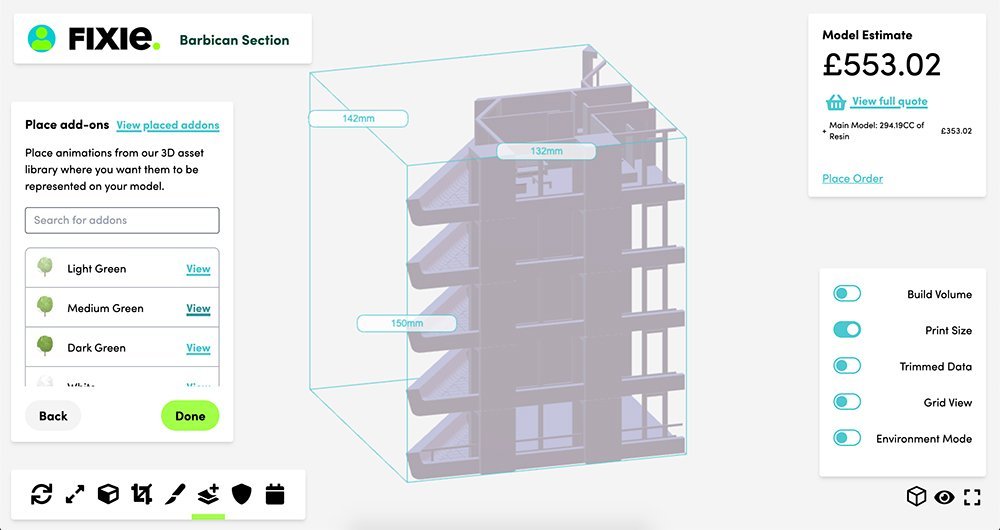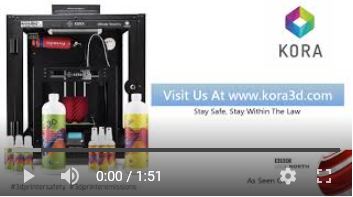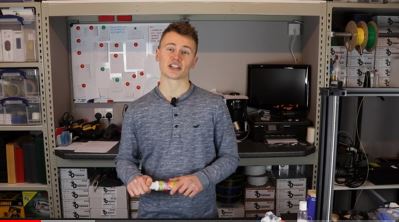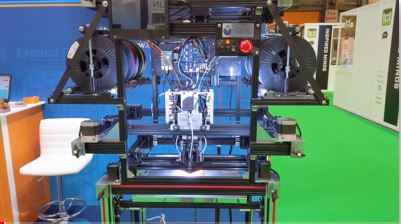Emissions Risk from 3D Printing Unless Protective Equipment Used
28 Feb 2019
Research has found 3D printers emit particles small enough to enter the airways and lungs, potentially creating respiratory problems.
According to the Health and Safety Executive’s (HSE) report, Measuring and Controlling Emissions from Desktop 3D Printers, fused filament fabrication 3D printers – which continuously feed thermoplastic material through a filament – often have no receptacle to trap potentially harmful particles that are emitted.
Respiratory health
Workers at risk of silica dust exposure need both x-ray and lung function screening
Teachers and students at risk of asbestos exposure in schools
It found some of the plastic filament materials used in the type of 3D printer commonly used in schools and colleges released vapors known to be hazardous when heated.
However, when a 3D printer was placed within a hood that filtered ventilation, particle emission rates into the room reduced by 97% when exhausting air from the hood and by 99% when the hood was placed in “recirculating air” mode.
Particles released inside the enclosure while printing took around 20 minutes to clear, so the HSE warned users to wait for at least this period of time before removing the hood to avoid exposure.
The HSE formed a working group to investigate the impact of 3D printers on surrounding air quality in 2015, after concerns were raised about the increasing use of the technology in schools and colleges. The group was formed of HSE scientific and regulatory staff, a 3D printer manufacturer, health advisers, education experts and the British Standards Institute.
The report concludes that emissions can be controlled by:
- using polymer filaments from reputable suppliers;
- choosing filament materials with a lower emission rate;
- setting a lower operating temperature for the nozzle of the printer through which the polymer filament passes;
- placing the printer inside an enclosing hood fitted with a suitable air filtration system; and
- waiting sufficient time for emissions to clear before opening the hood.
The 3D printer manufacturer involved in the study, Kora 3D, has developed a safety cabinet in response to the study’s findings.
Kora 3D managing director Steve Burrows said: “Our four-year study alongside the HSE has confirmed the importance of having a greater understanding of the equipment and the need to pay more attention to safety management.”

